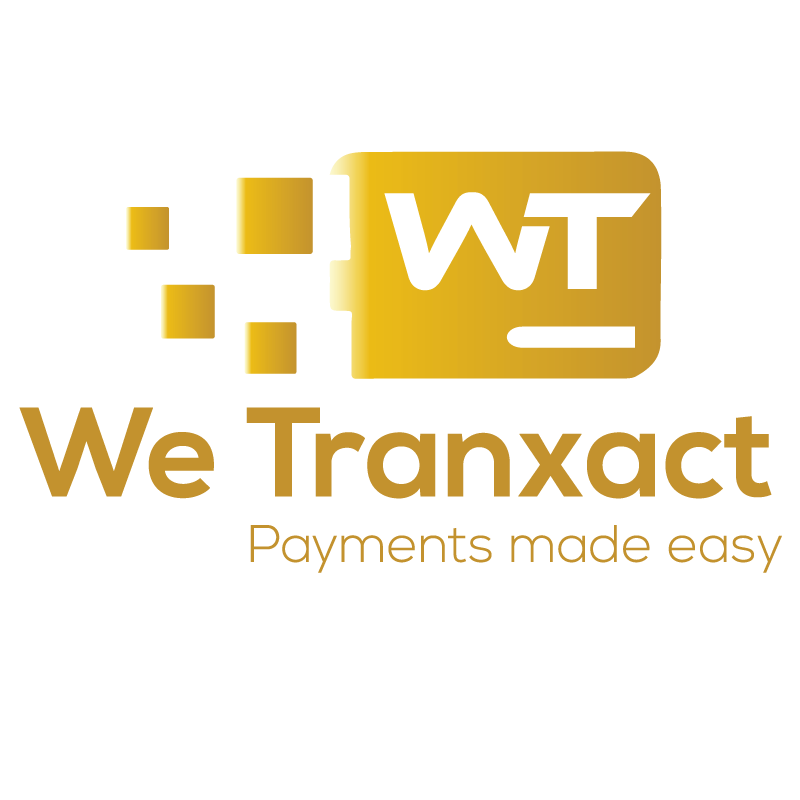Compliance and Regulation in International Payment Gateways
Hey there, fellow globetrotters of the digital world! Buckle up, because we’re about to dive into the complex world of compliance and regulation in international payment gateways. As we navigate the seas of cross-border transactions and financial regulations, let’s unravel the intricacies of how these gateways operate in different jurisdictions. Get ready to embark on an adventure of rules, regulations, and red tape that shape the way we send and receive money across borders. Let’s set sail!
Ensuring Compliance with Anti-Money Laundering Regulations
When it comes to international payment gateways, it is crucial to ensure compliance with anti-money laundering regulations to prevent illicit activities and safeguard the integrity of financial transactions. By adhering to these regulations, businesses can build trust with their customers and financial institutions, while also avoiding hefty fines and legal repercussions.
One way to ensure compliance is by conducting thorough customer due diligence, which involves verifying the identity of individuals or businesses before processing any transactions. This can be done through document verification, background checks, and monitoring transactions for any suspicious activity. Additionally, implementing transaction monitoring systems and regular audits can help detect and prevent money laundering activities. By staying up to date with regulations and continuously educating employees on compliance best practices, businesses can effectively mitigate risks and maintain a secure payment gateway for their customers.
The Impact of GDPR on International Payment Gateways
With the implementation of GDPR, international payment gateways have had to undergo significant changes to ensure compliance with the new regulations. One of the main impacts of GDPR on payment gateways is the need for stricter data protection measures to safeguard customer information. This includes implementing encryption protocols, regularly updating security measures, and ensuring that all data processing is done transparently and with explicit consent from users.
Additionally, payment gateways now have to provide users with more control over their personal data, allowing them to access, modify, or delete their information upon request. This increased focus on data transparency and privacy has forced payment gateways to reevaluate their processes and make necessary adjustments to meet GDPR requirements. While these changes have presented challenges for international payment gateways, they ultimately aim to enhance data security and strengthen consumer trust in online transactions.
Navigating Regulatory Challenges in Cross-Border Transactions
When it comes to international payment gateways, businesses often face a myriad of regulatory challenges that can be daunting to navigate. From varying data privacy laws to complex tax regulations, ensuring compliance across borders is crucial for any successful cross-border transaction.
One key aspect to consider is **KYC (Know Your Customer) requirements**, which differ from country to country. It’s essential to have robust **AML (Anti-Money Laundering) procedures** in place to prevent fraud and comply with regulations. Additionally, understanding **PCI DSS (Payment Card Industry Data Security Standard)** is crucial for securely processing payment information and protecting sensitive customer data. By staying informed and proactive, businesses can successfully navigate regulatory challenges in international payment gateways and build trust with customers worldwide.
Best Practices for Meeting Regulatory Requirements in Payment Processing
When it comes to international payment gateways, staying compliant with regulations is crucial for ensuring smooth transactions and protecting both businesses and consumers. Here are some best practices to keep in mind:
- Know Your Customer (KYC) Requirements: Verify the identity of your customers and ensure they are not involved in any fraudulent activities.
- Stay Up to Date with Regulations: Regularly check for updates in payment processing laws and regulations in different countries to avoid any legal issues.
- Implement Secure Payment Methods: Utilize encryption and tokenization techniques to safeguard sensitive payment information from potential breaches.
Furthermore, it’s essential to establish clear communication with payment processors and financial institutions to address any compliance concerns promptly. By following these best practices, businesses can navigate the complex landscape of regulatory requirements in payment processing with confidence and efficiency.
In Conclusion
And there you have it, folks! Navigating the complex world of compliance and regulation in international payment gateways doesn’t have to be a daunting task. By staying informed, working with trusted partners, and ensuring you’re following the rules, you can set yourself up for success in the global marketplace. So go forth, process those payments, and remember to stay compliant! Happy transacting!






